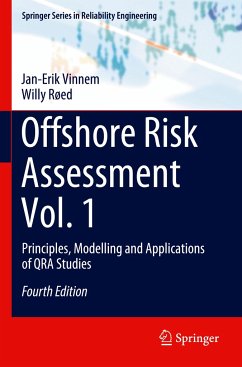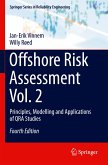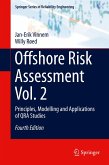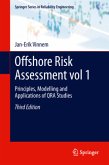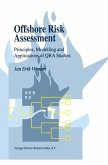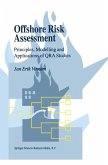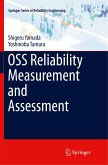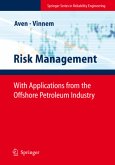This is the first textbook to address quantified risk assessment (QRA) as specifically applied to offshore installations and operations. As the first part of the two-volume updated and expanded fourth edition, it adds a new focus on the EU Offshore Safety Directive, and discusses the new perspective on risk from the Norwegian Petroleum Safety Authority, followed by new and updated international standards. New safety statistics for the Norwegian sectors are presented, as well as new case studies on international offshore accidents, such as the explosion on FPSO Sao Mateus in 2015, which involved 9 fatalities.
Separate chapters analyse the main hazards for offshore structures: fire, explosion, collision, and falling objects, as well as structural and marine hazards. Risk mitigation and control are discussed, as well as how the results of quantitative risk assessment studies should be presented. The fourth edition presents updated hydrocarbon release statistics, togetherwithnew methods for modelling the risk from ignited hydrocarbon releases. There have been recent advances in the modelling of collision risk from passing and attending vessels, based on extensive research; these advances are described in detail, in addition to new developments in the safety of Dynamic Positioning vessels. In closing, the book provides updated statistics and lessons learned from accidents involving offshore helicopter transportation of personnel.
The book offers a comprehensive reference guide for academics and students of marine/offshore risk assessment and management. It will also be of interest to professionals in the industry, as well as contractors, suppliers, consultants and regulatory authorities.
Separate chapters analyse the main hazards for offshore structures: fire, explosion, collision, and falling objects, as well as structural and marine hazards. Risk mitigation and control are discussed, as well as how the results of quantitative risk assessment studies should be presented. The fourth edition presents updated hydrocarbon release statistics, togetherwithnew methods for modelling the risk from ignited hydrocarbon releases. There have been recent advances in the modelling of collision risk from passing and attending vessels, based on extensive research; these advances are described in detail, in addition to new developments in the safety of Dynamic Positioning vessels. In closing, the book provides updated statistics and lessons learned from accidents involving offshore helicopter transportation of personnel.
The book offers a comprehensive reference guide for academics and students of marine/offshore risk assessment and management. It will also be of interest to professionals in the industry, as well as contractors, suppliers, consultants and regulatory authorities.

